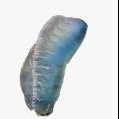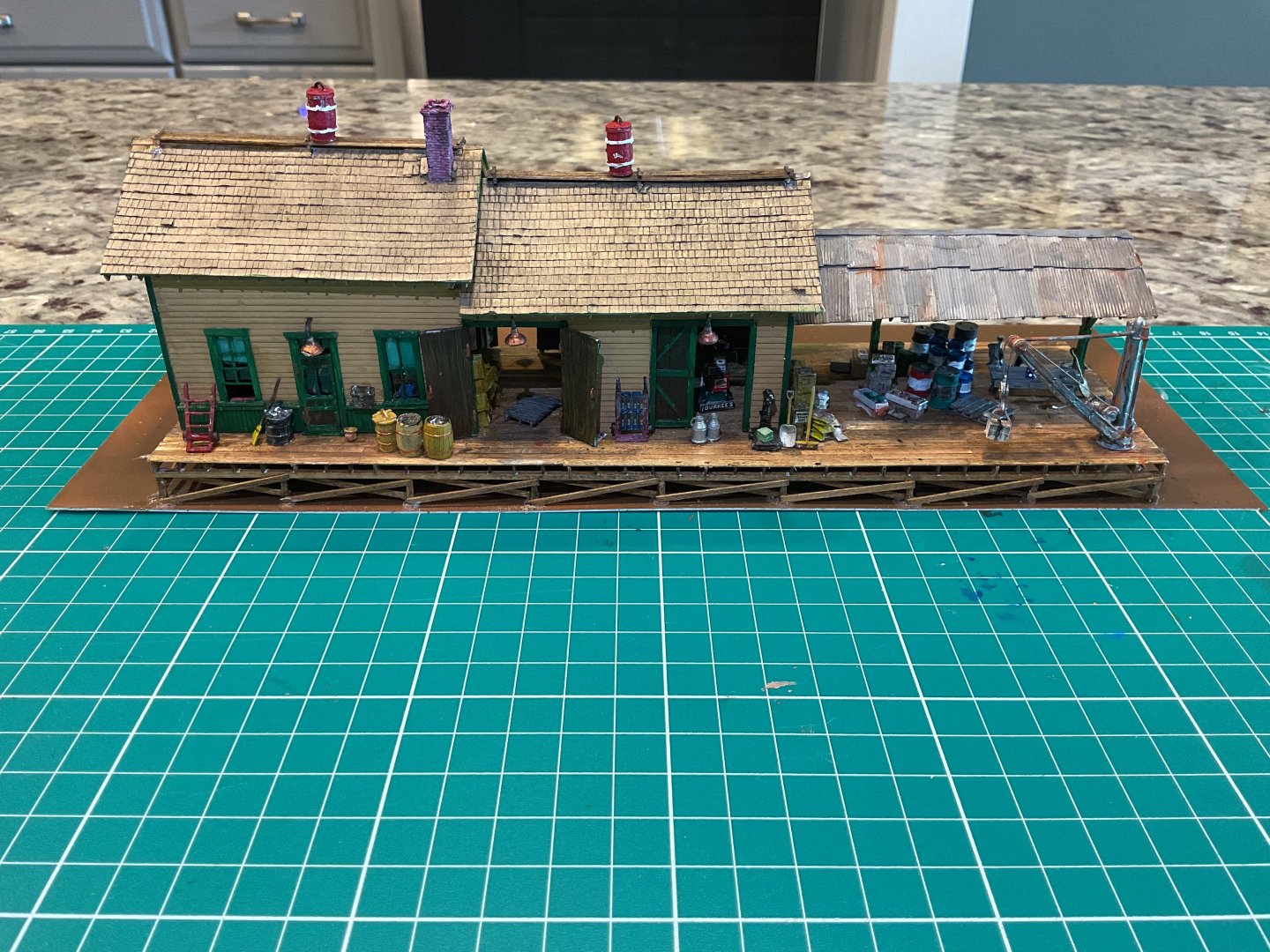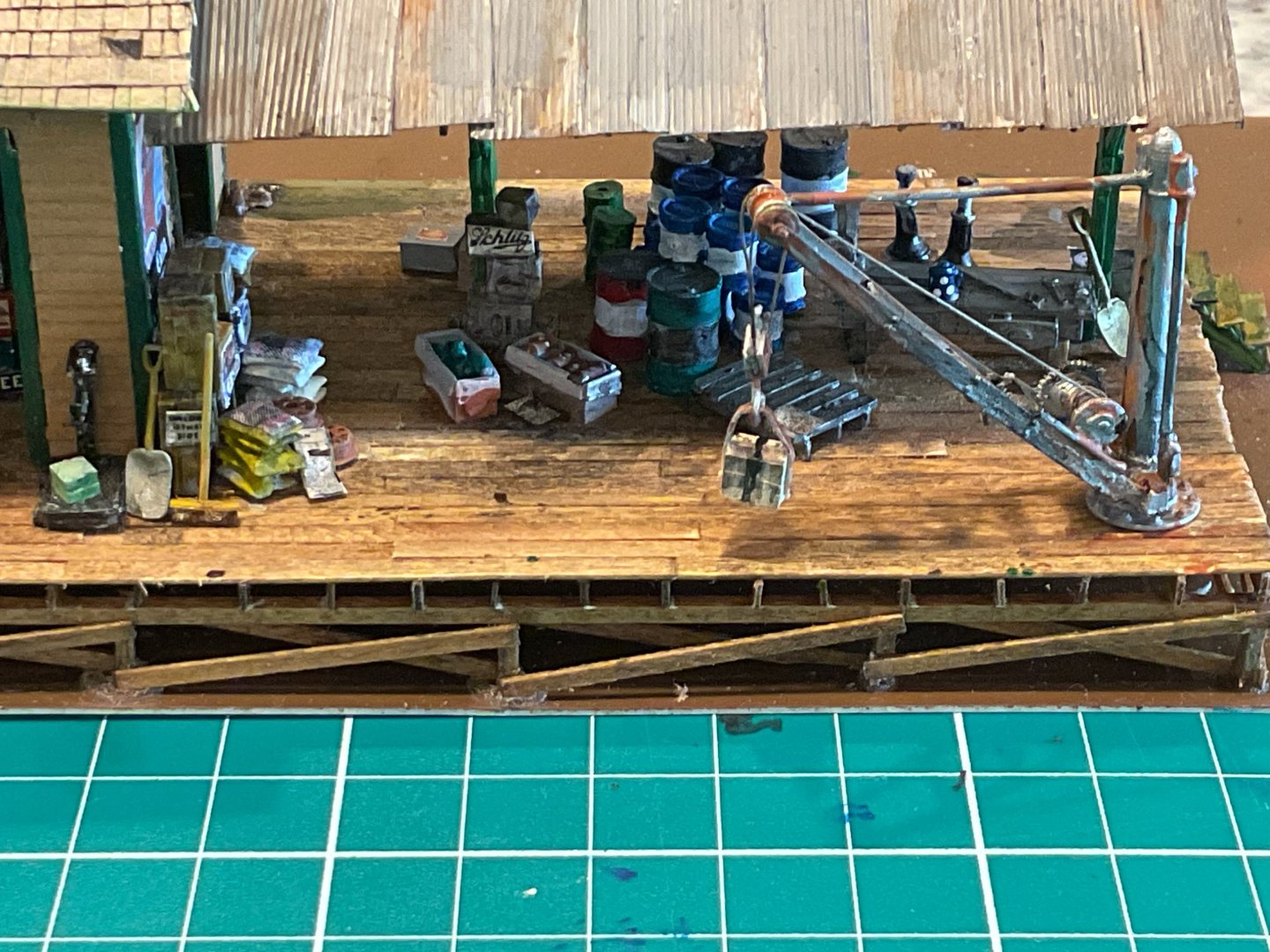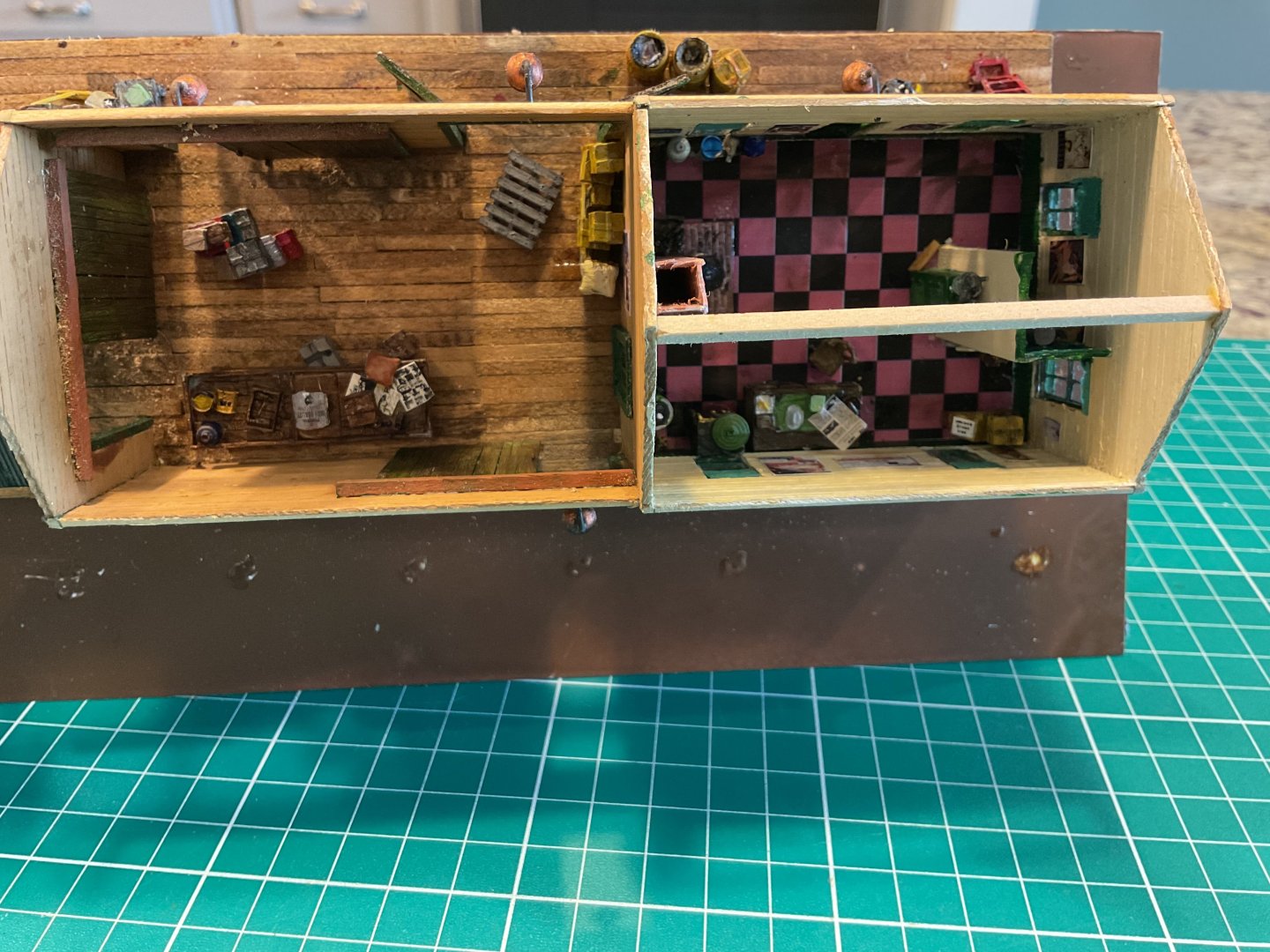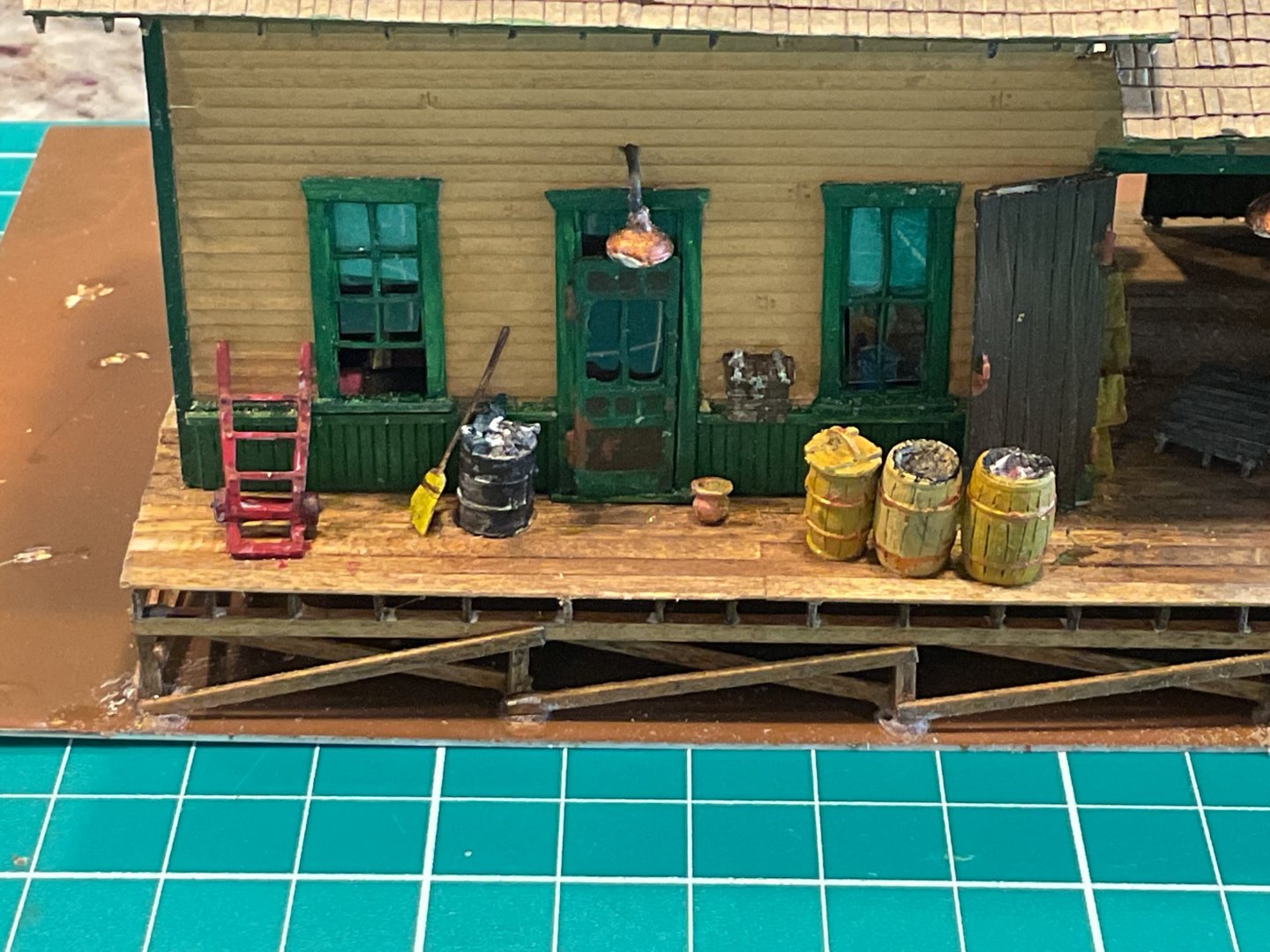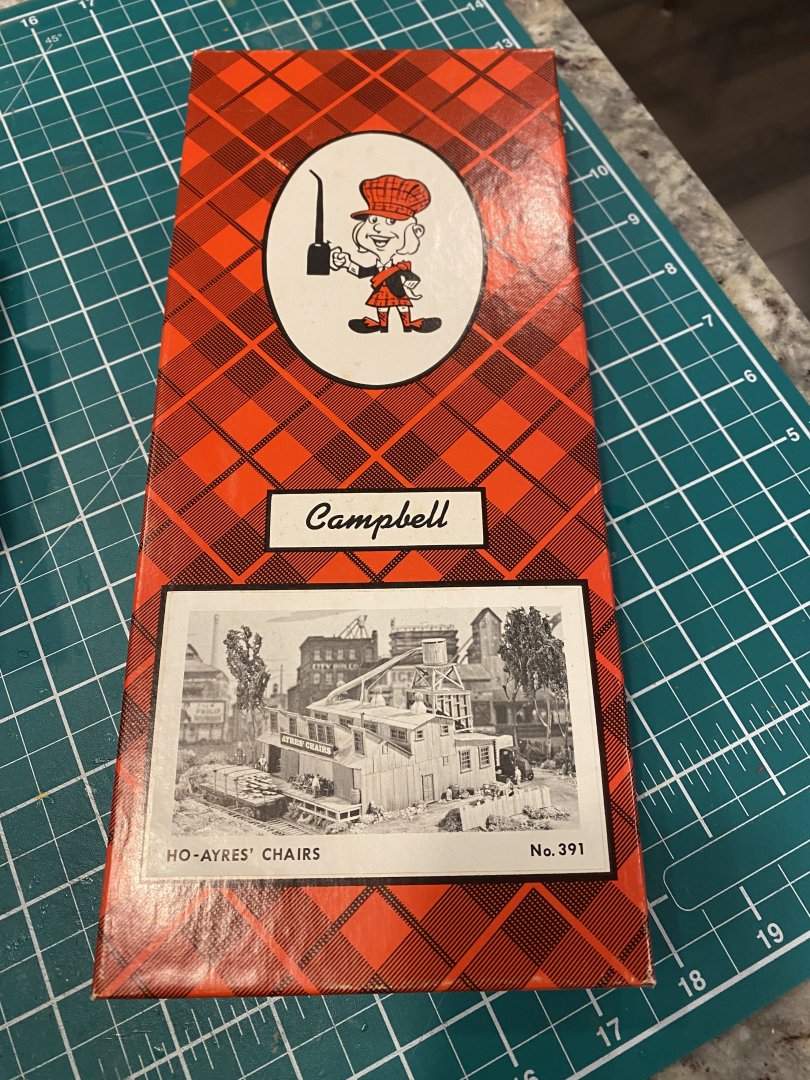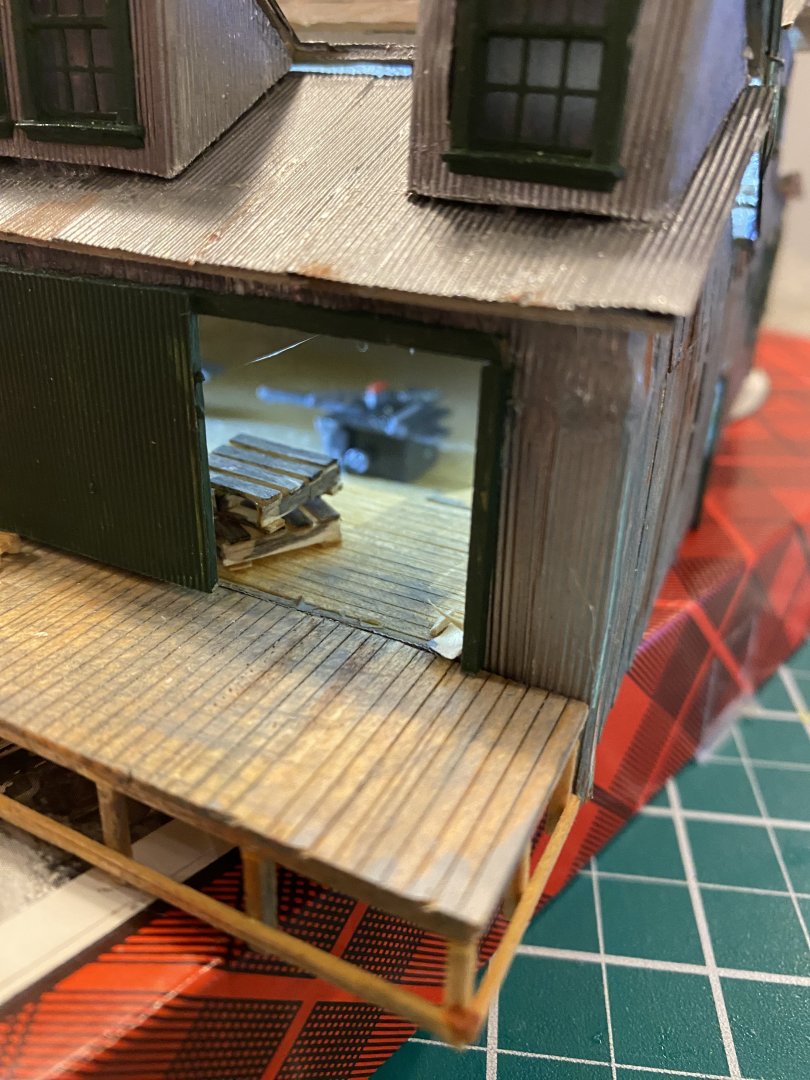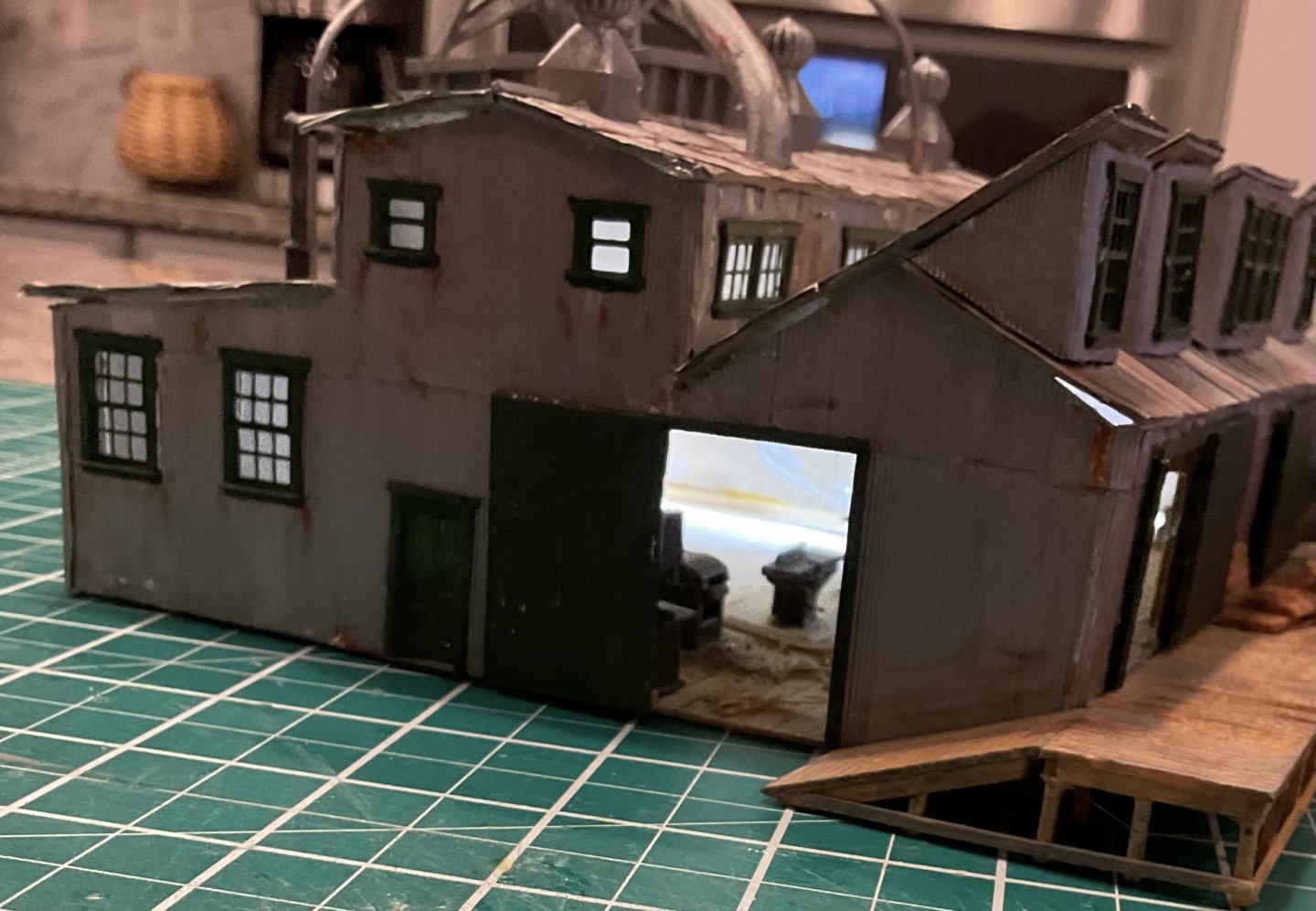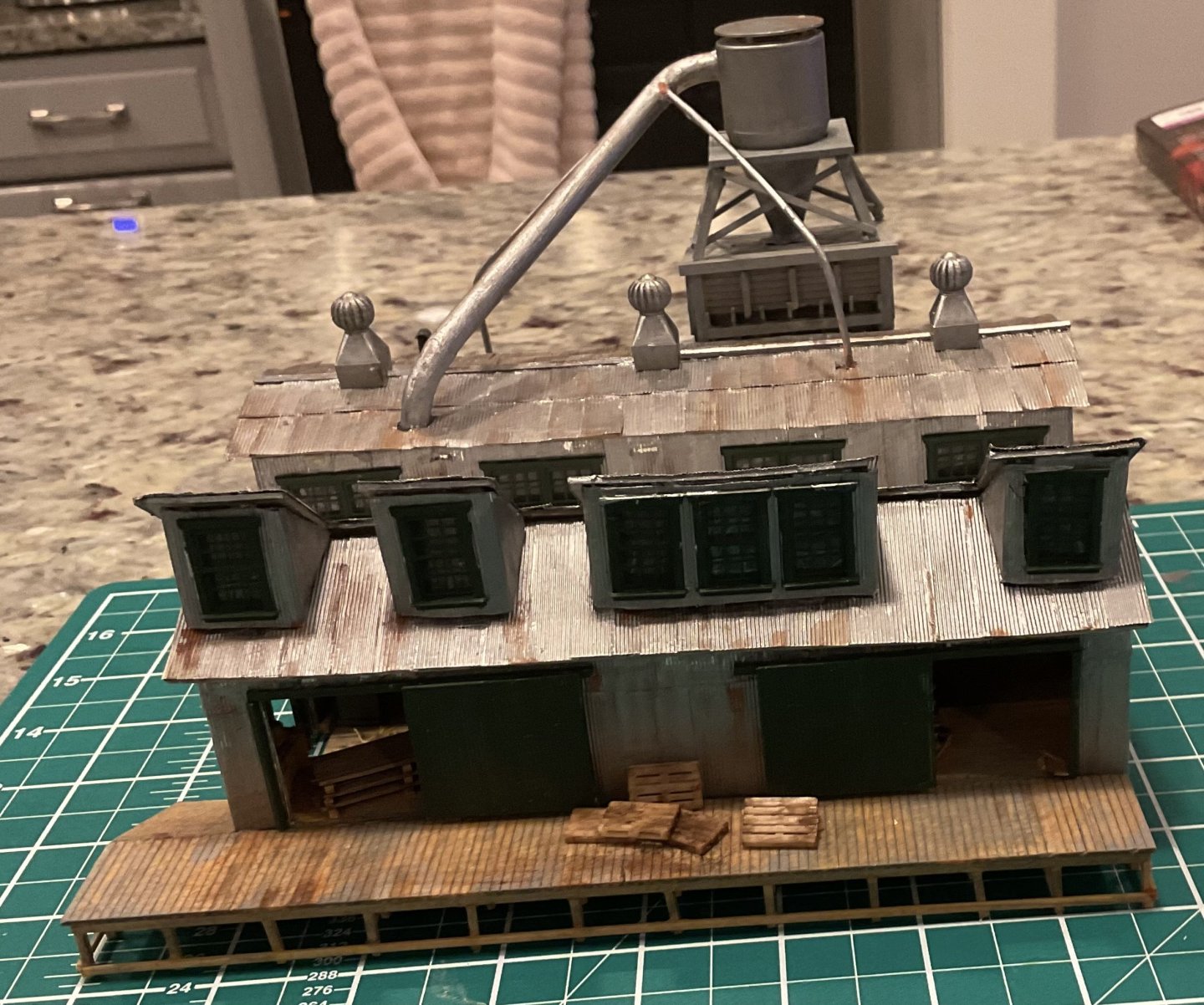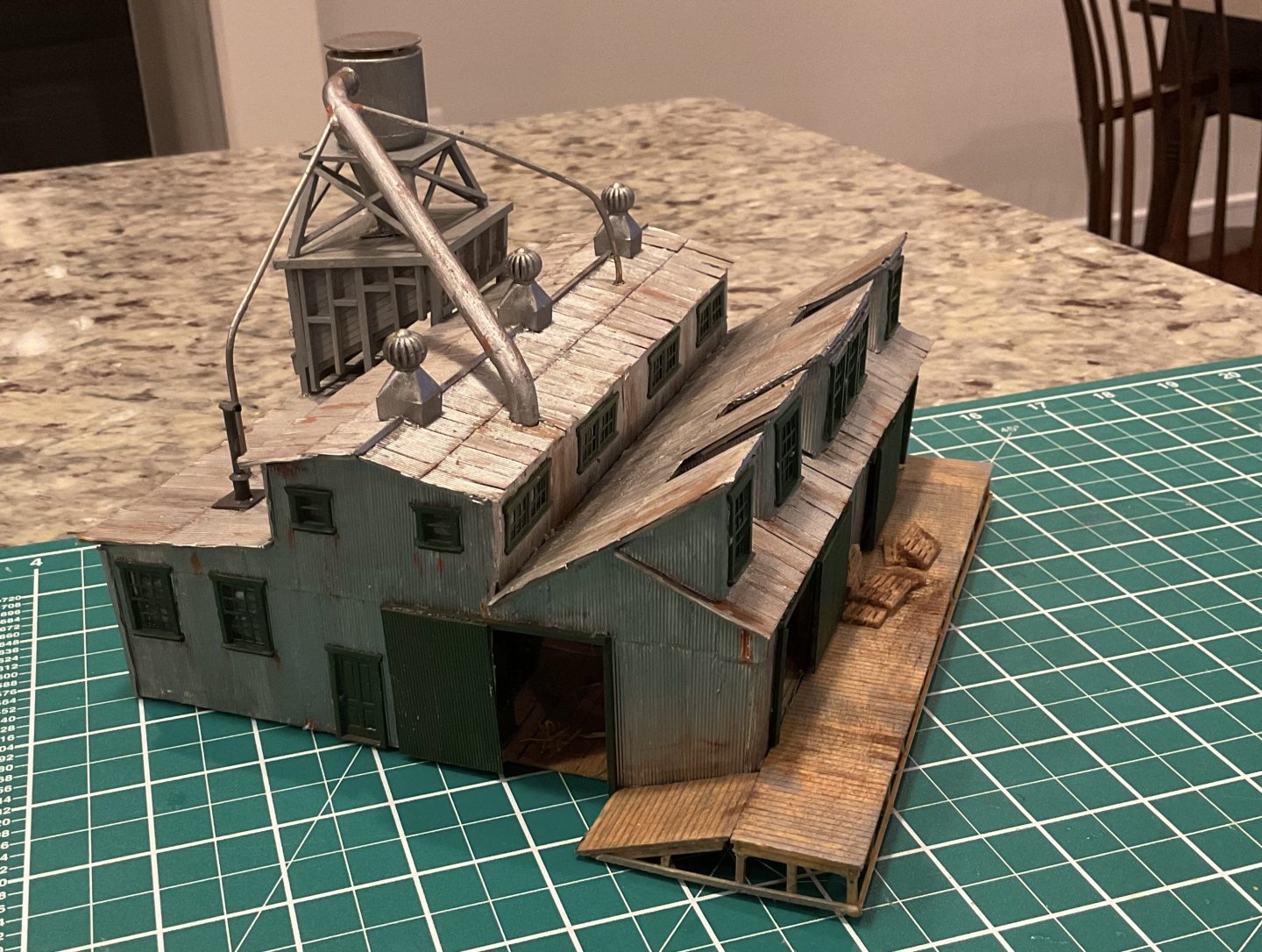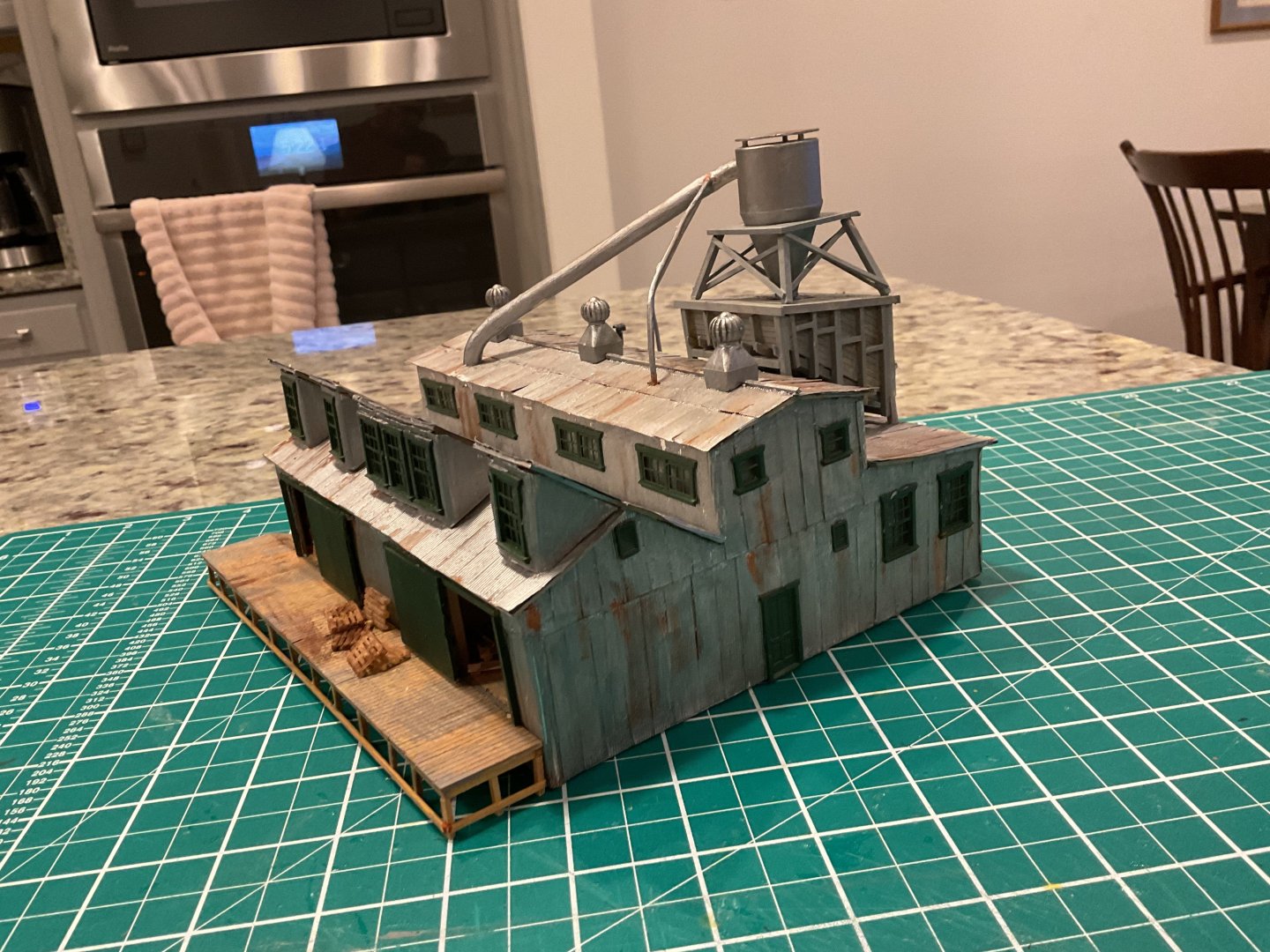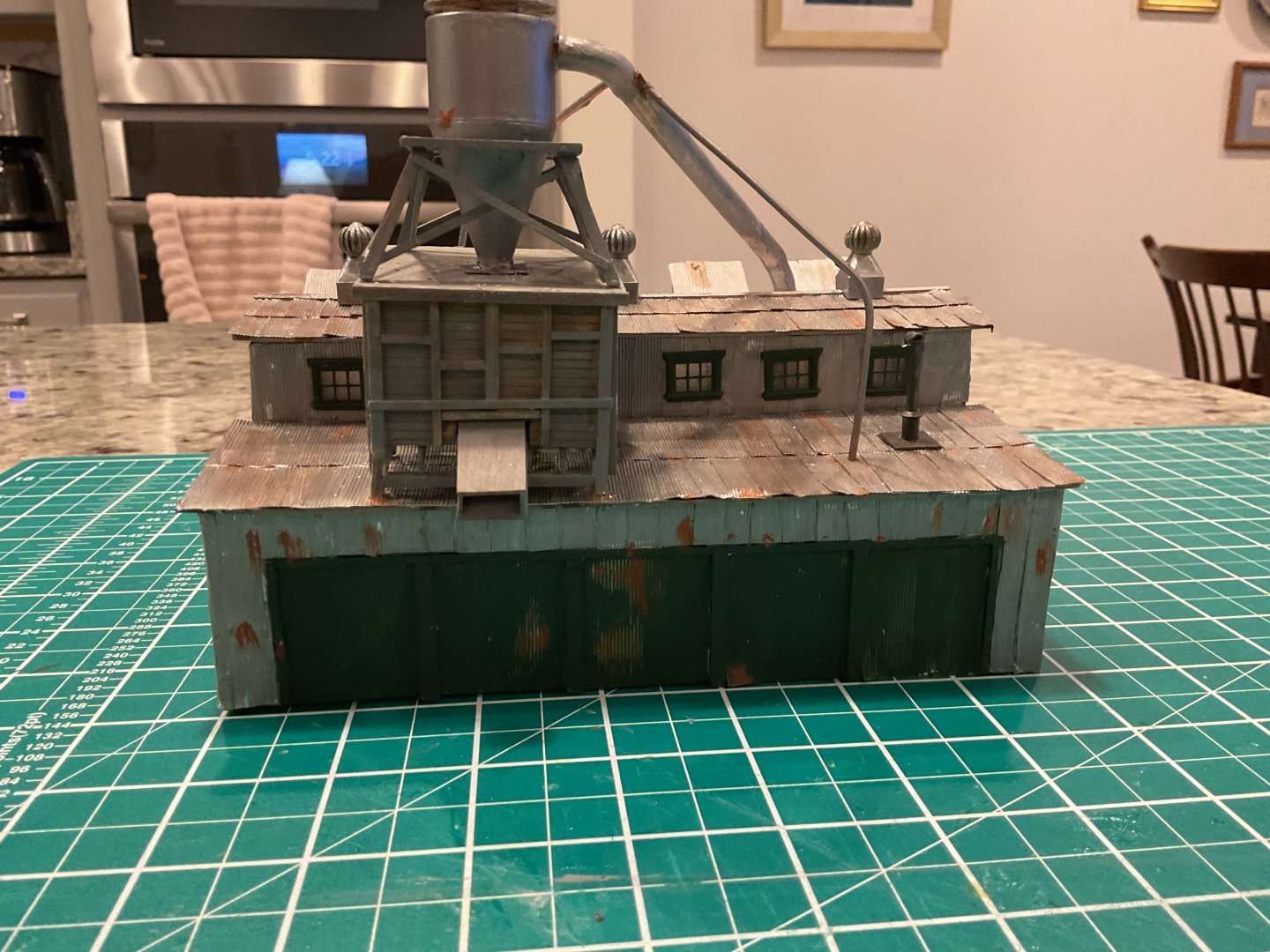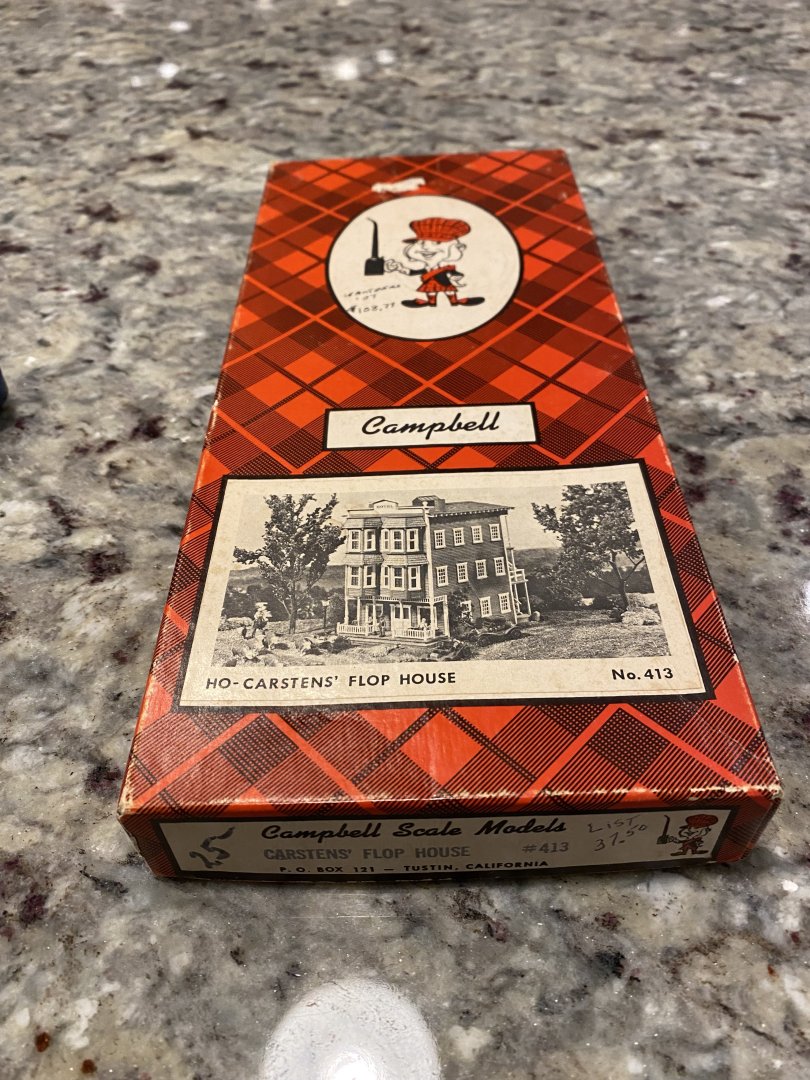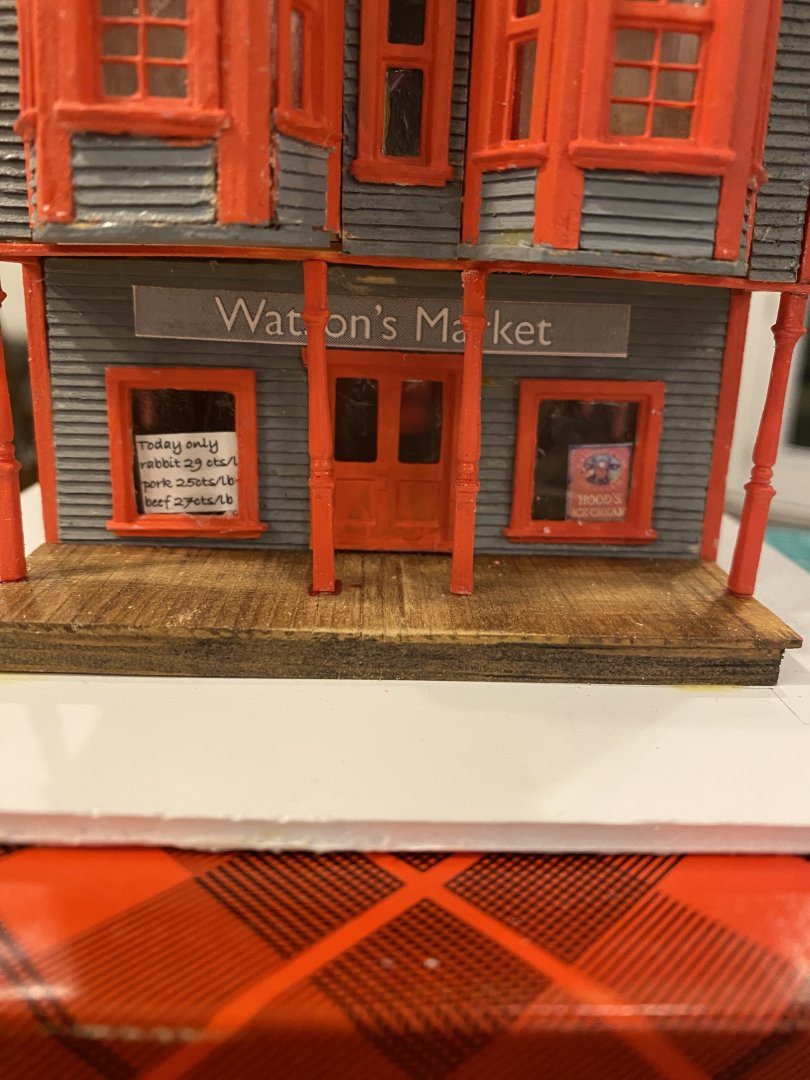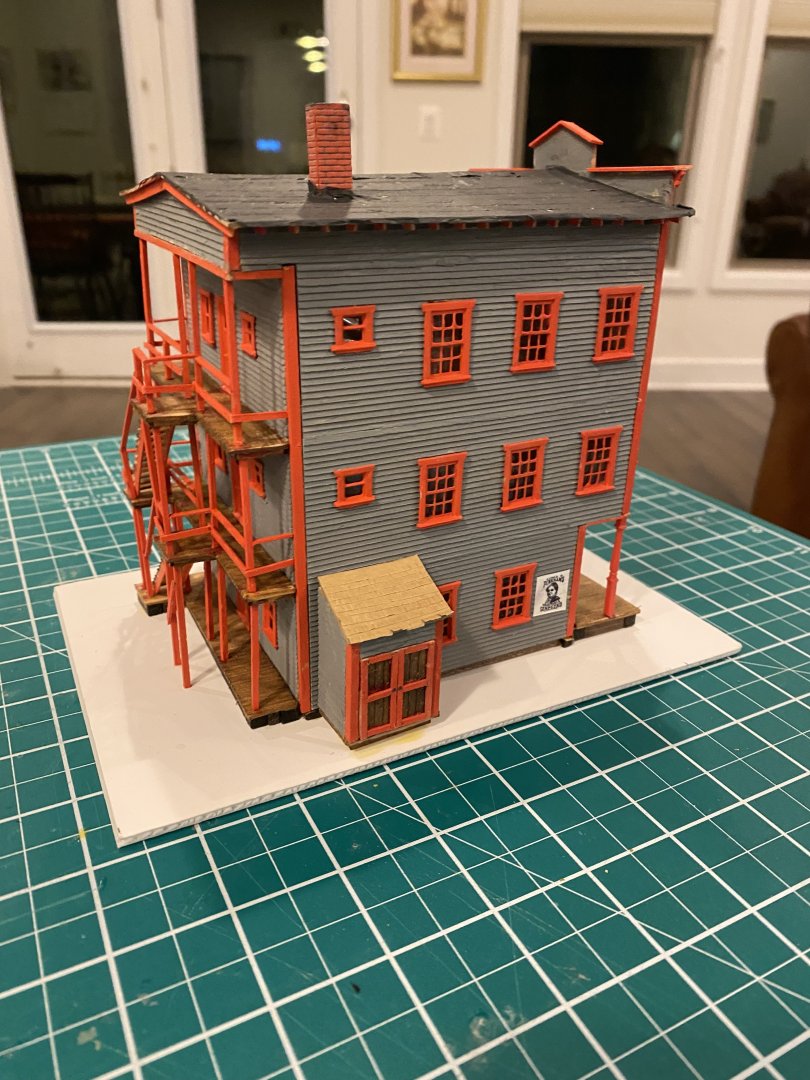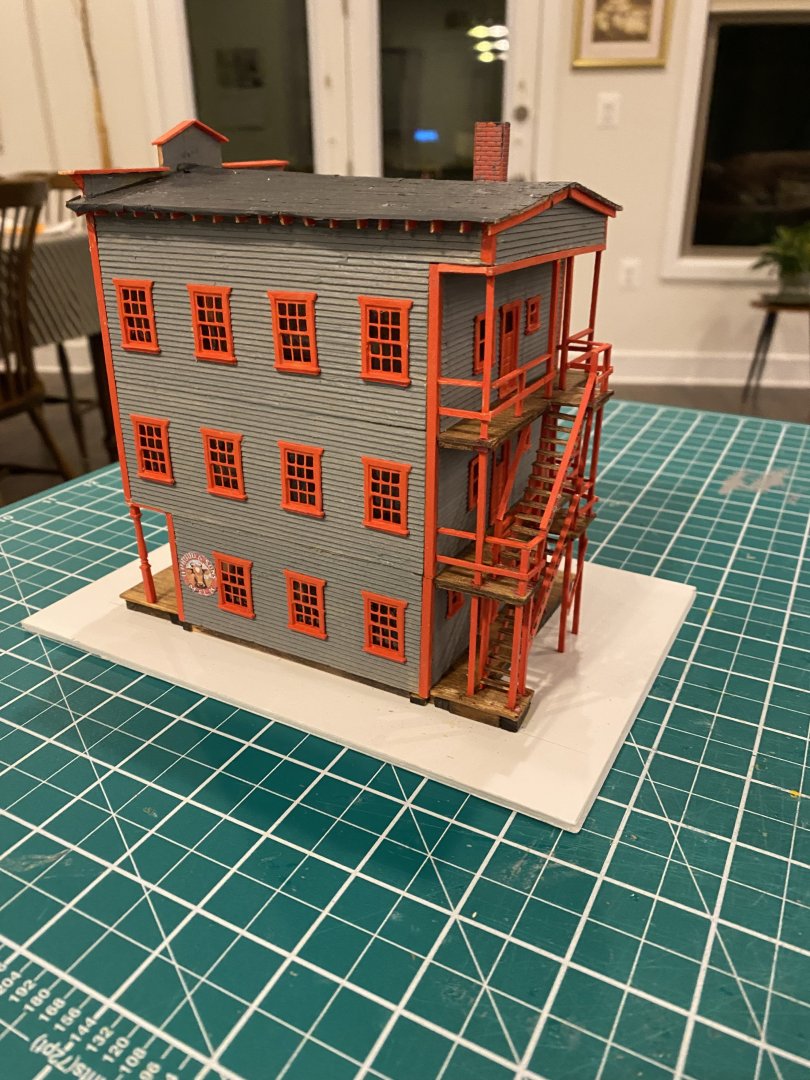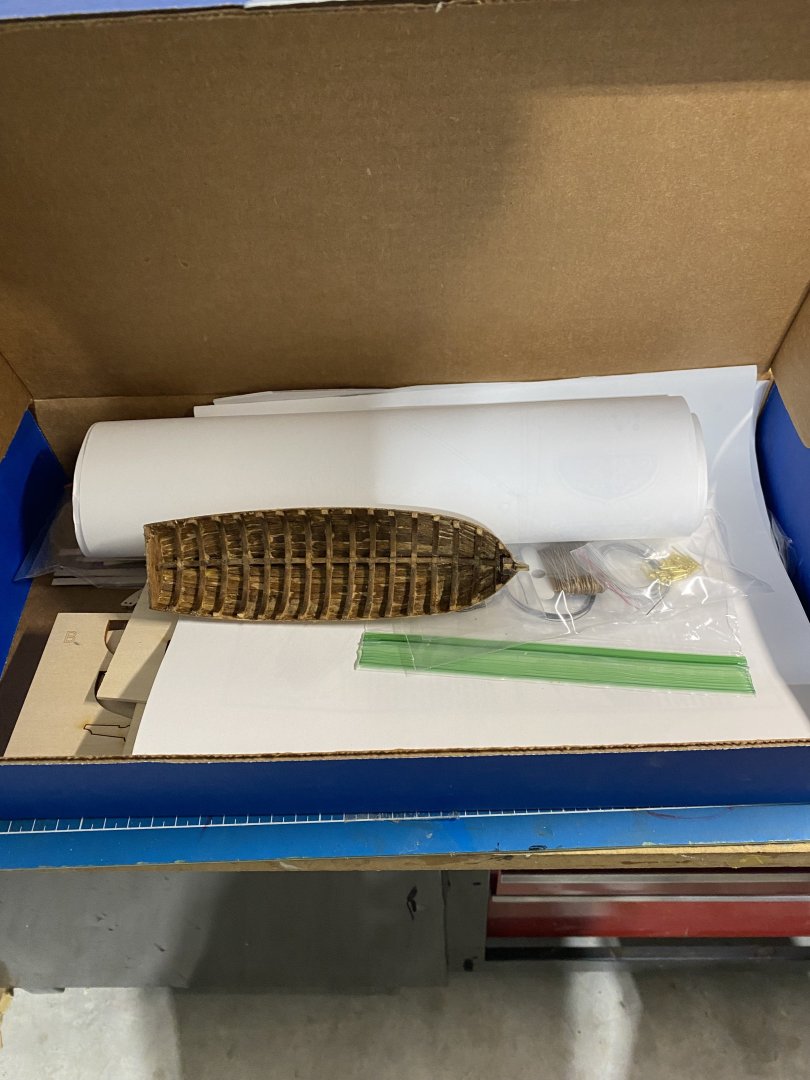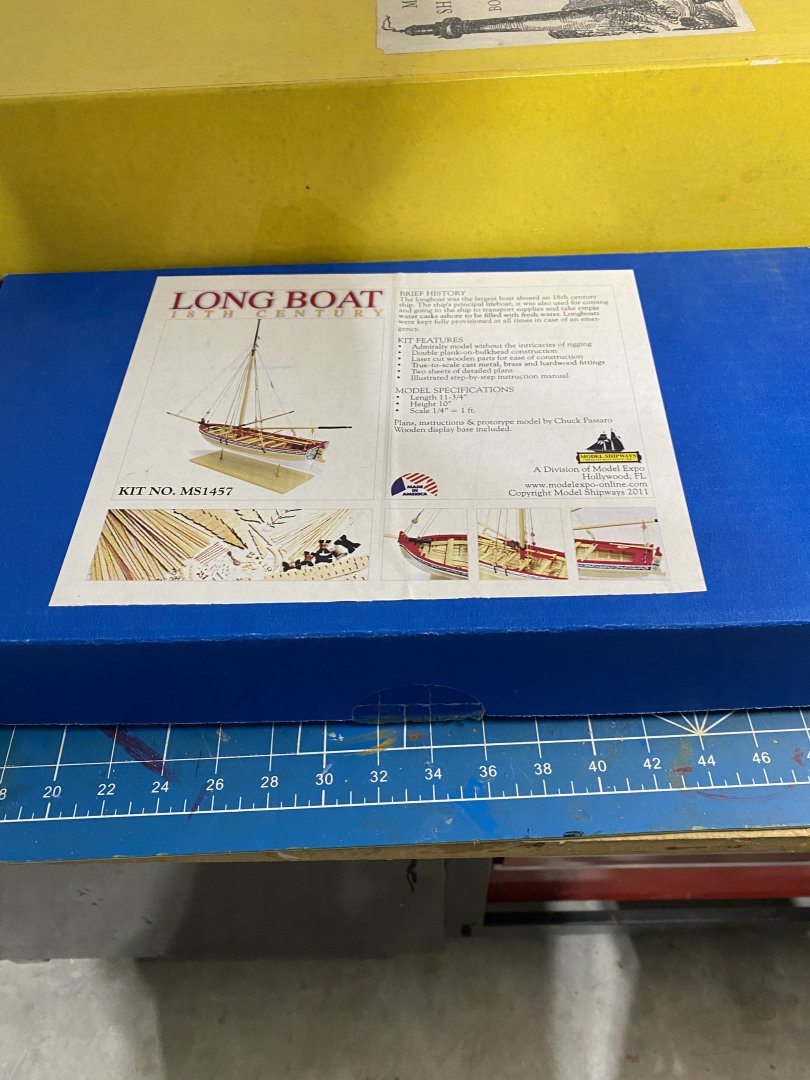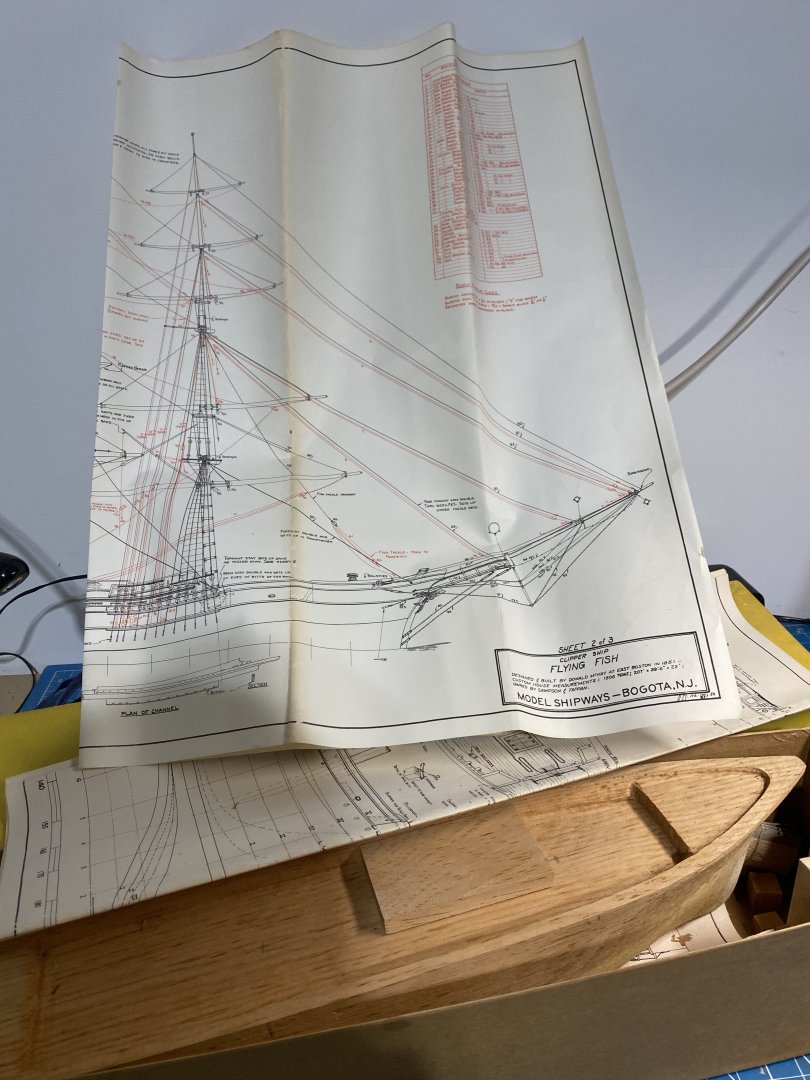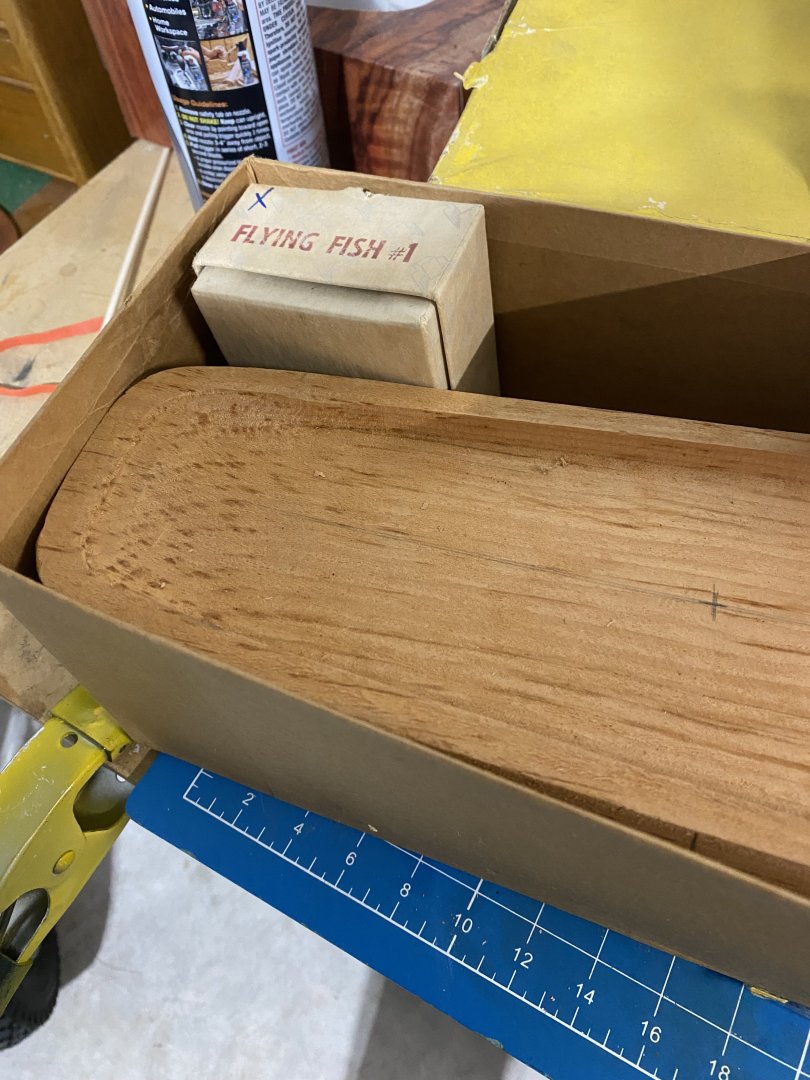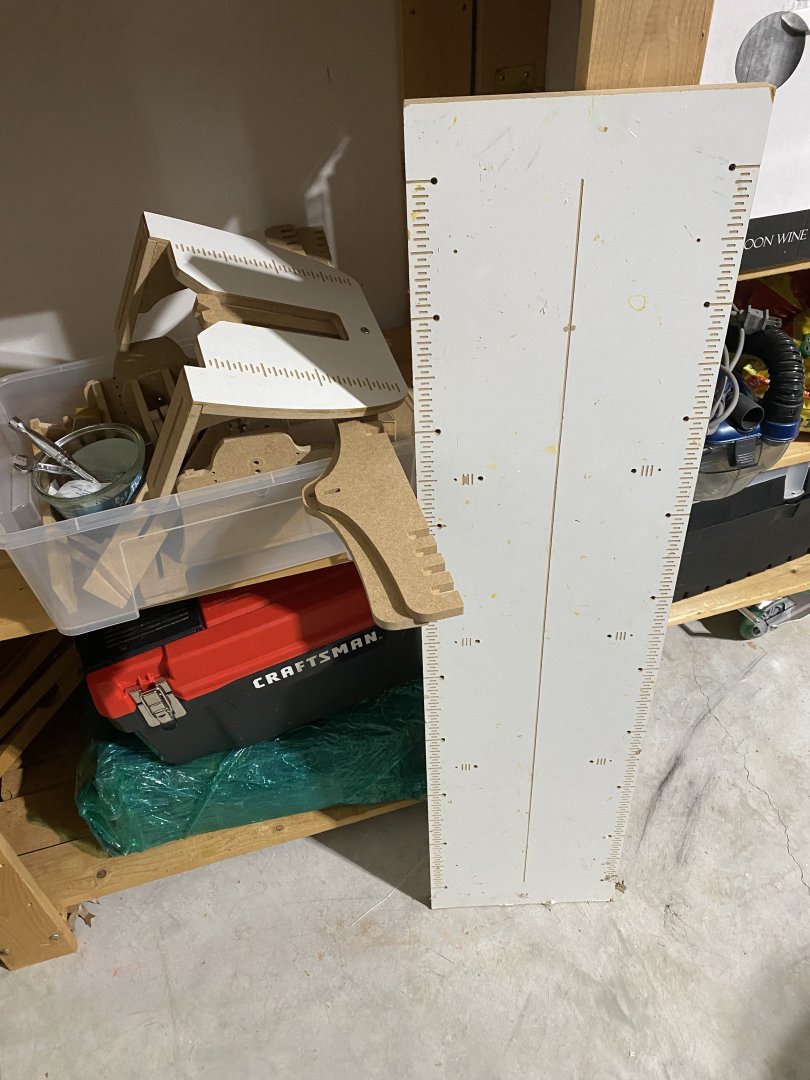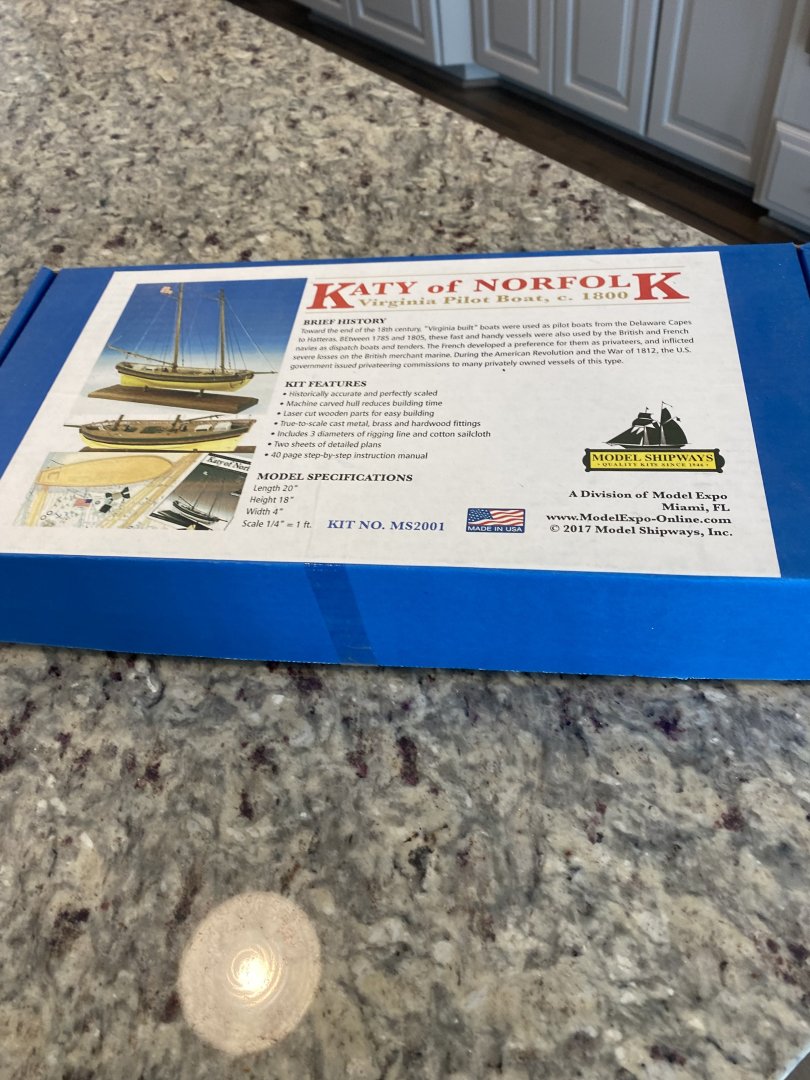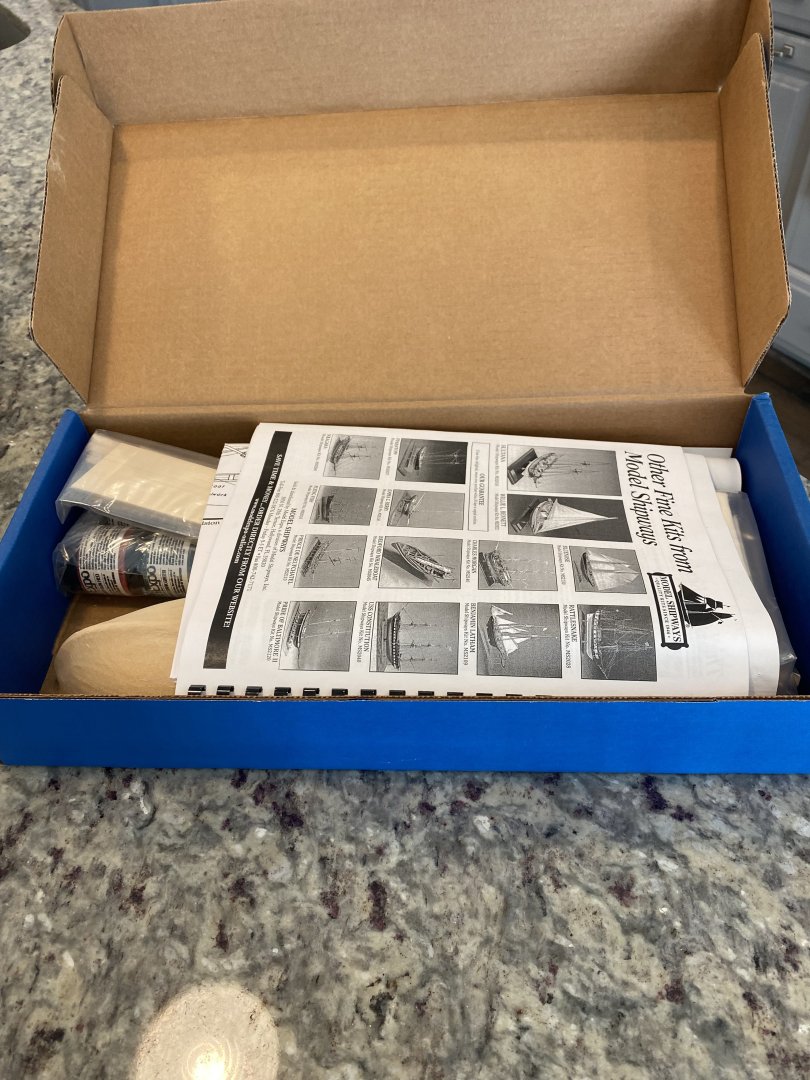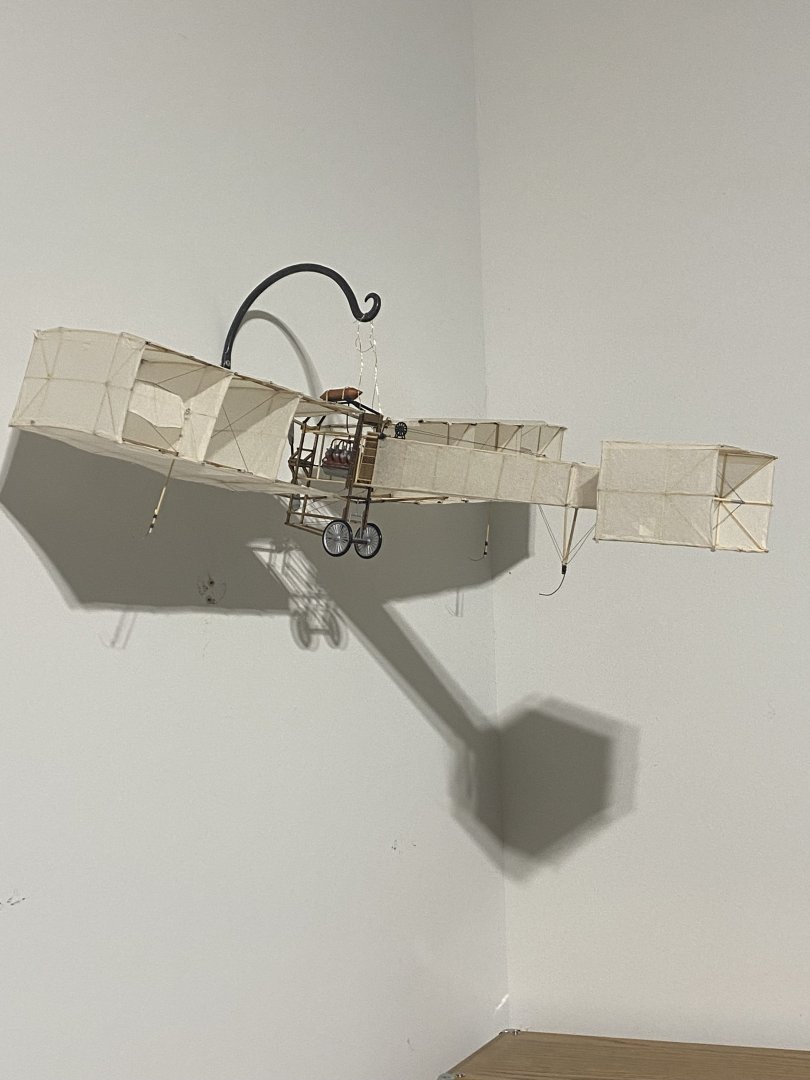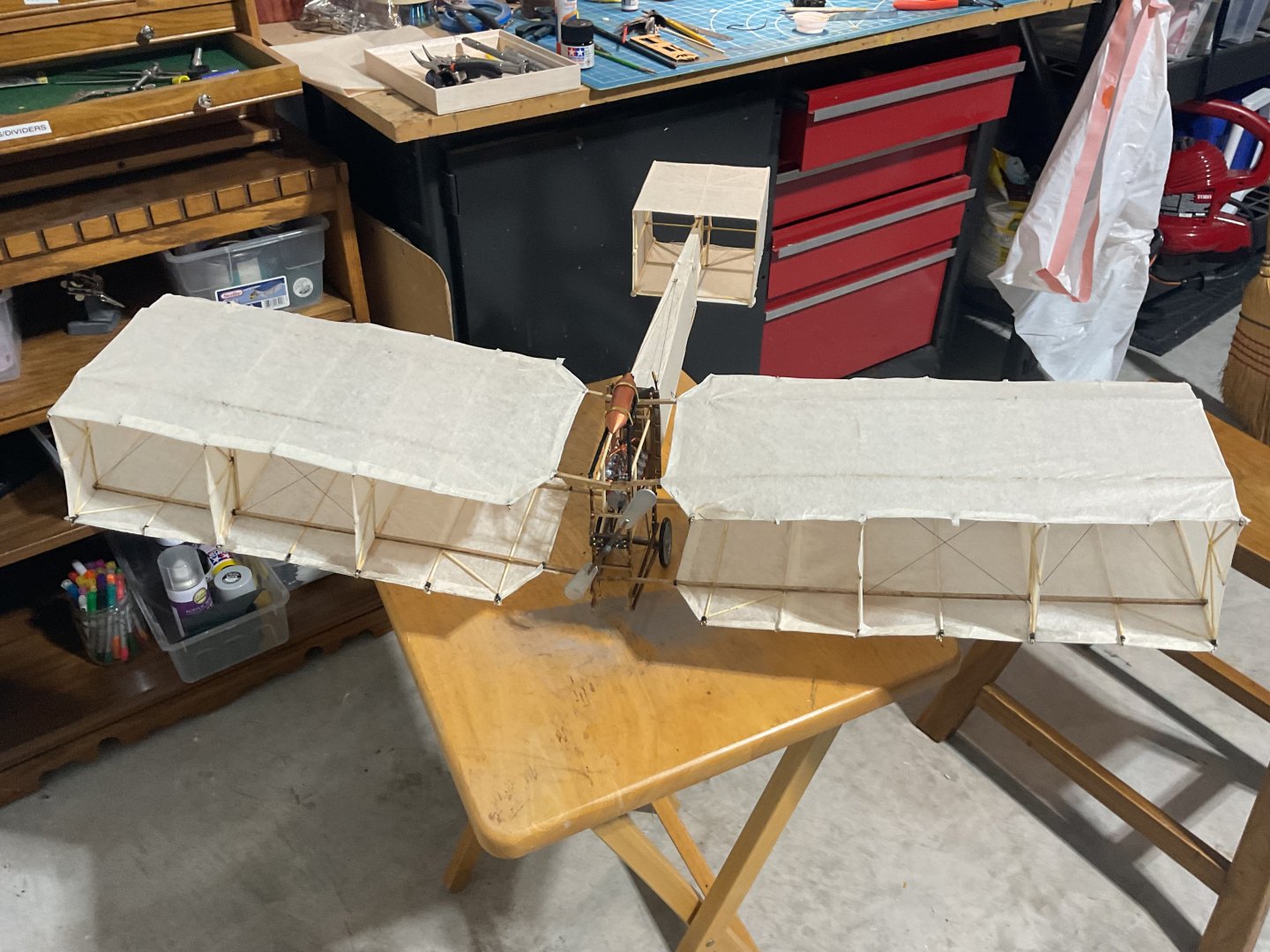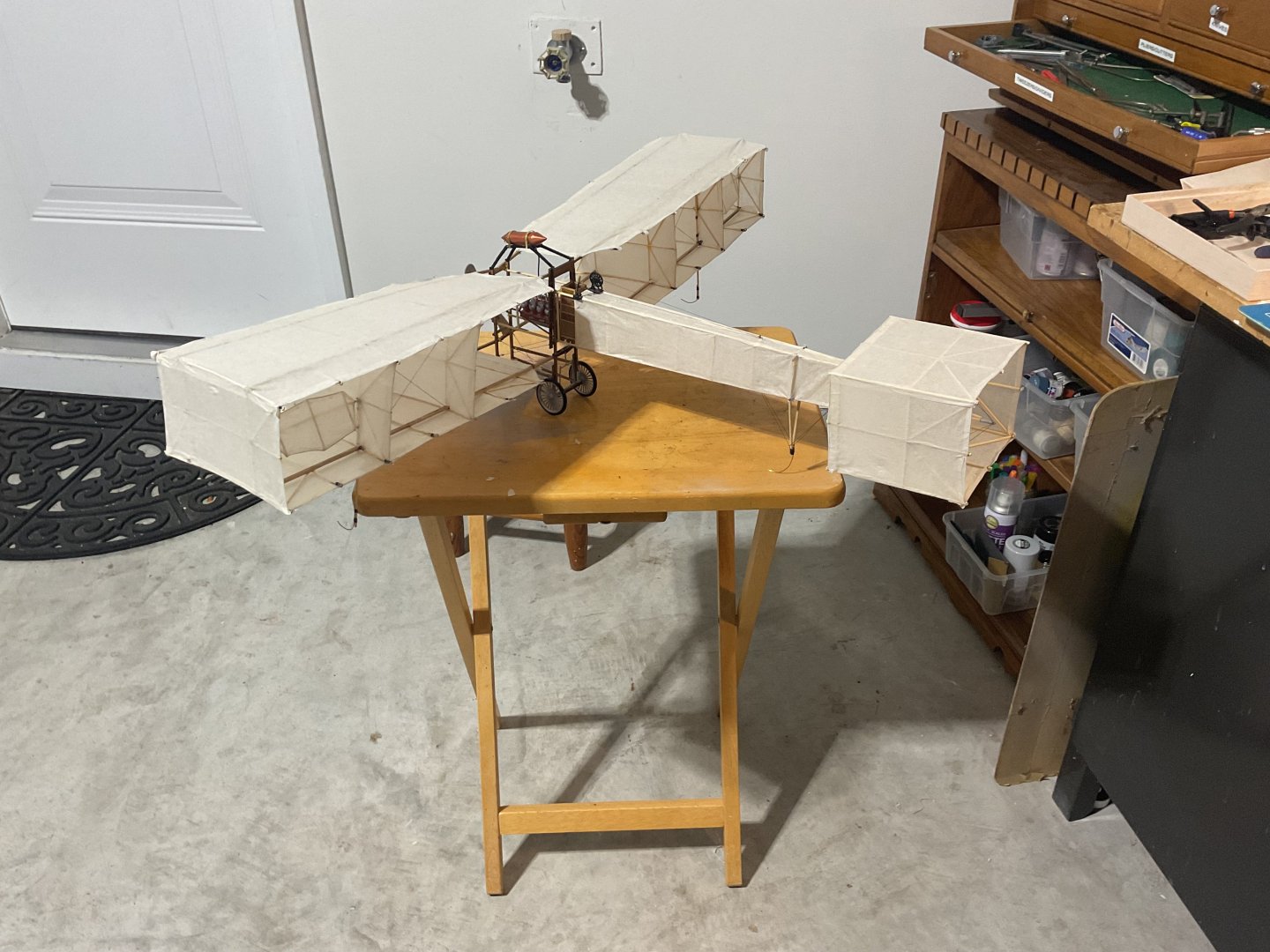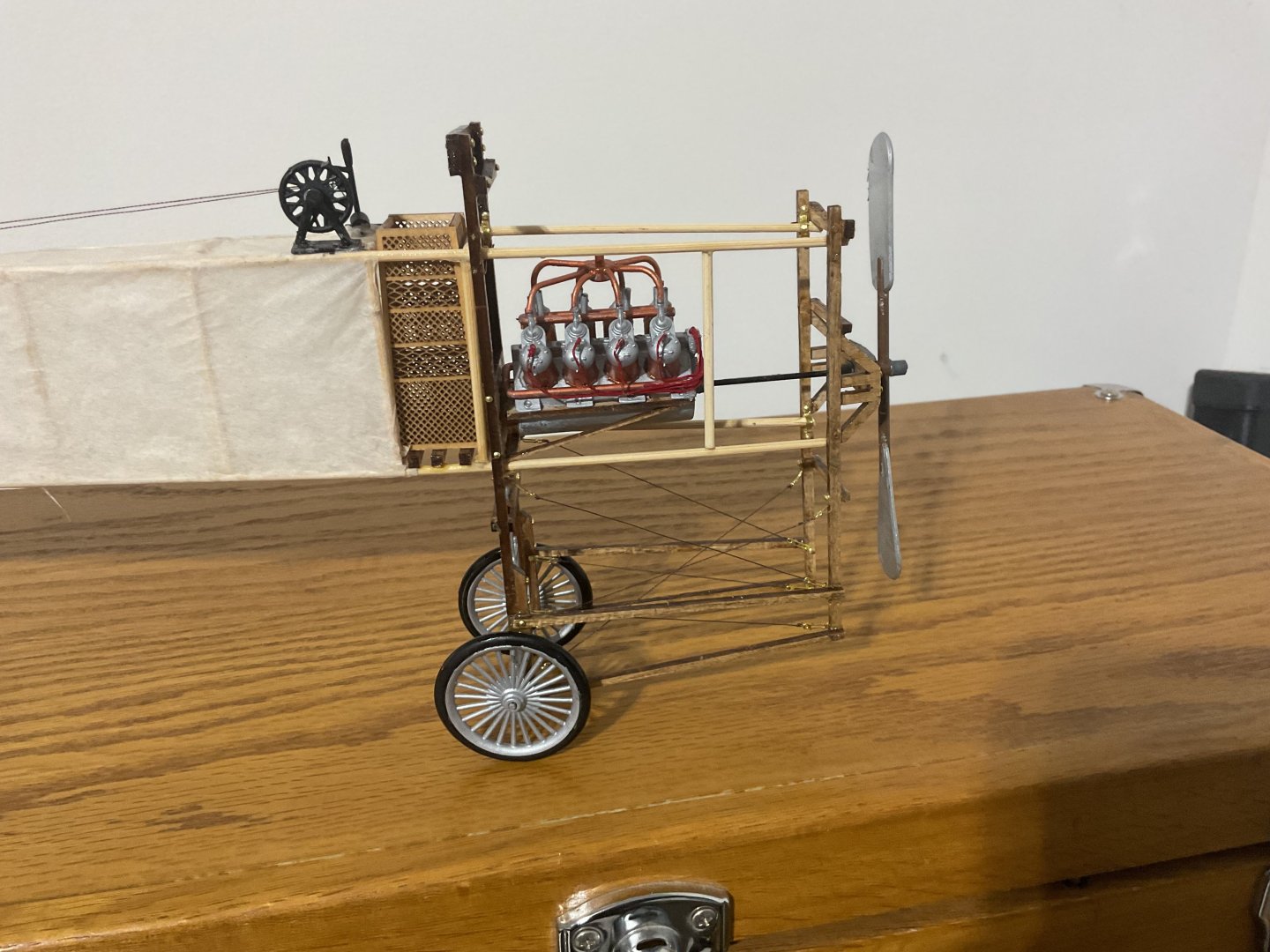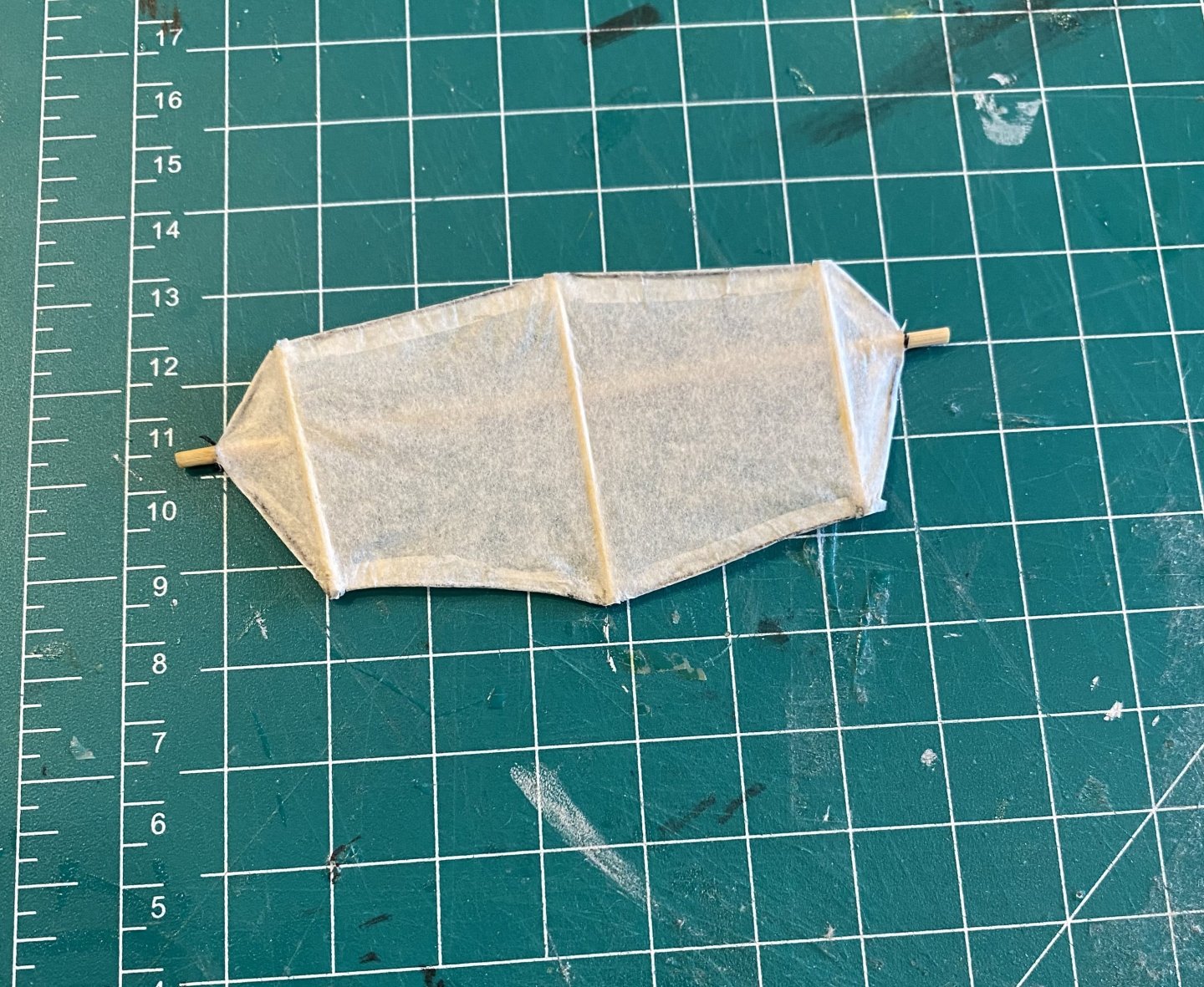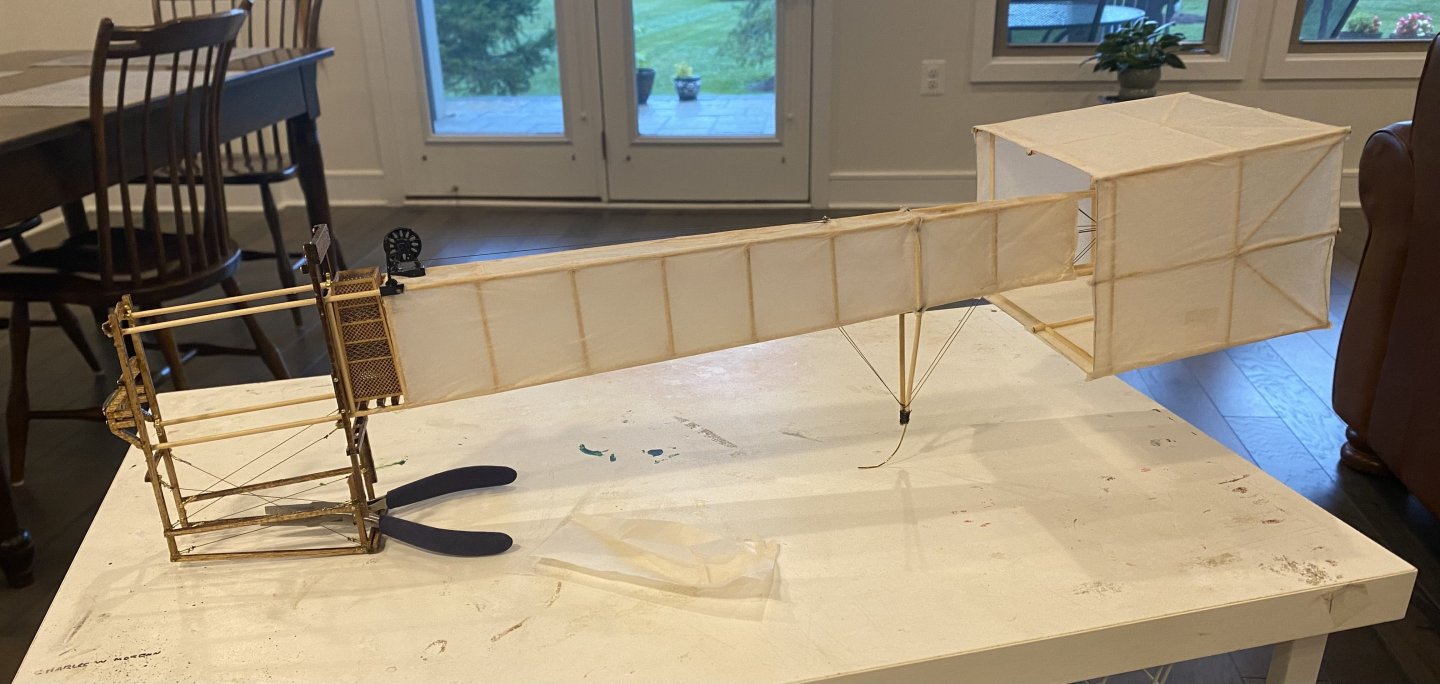-
Posts
1,305 -
Joined
-
Last visited
Content Type
Profiles
Forums
Gallery
Events
Everything posted by Papa
-
At the moment I am sick of ships. I have returned to HO scale model trains.
- 40 replies
-
- Nautilus
- Heinkel Models
-
(and 2 more)
Tagged with:
-
Campbell has been out of business for quite a few years but many of their kits are available on eBay. I am in the planning stages to build a micro layout in HO scale. By convention a “micro layout “ should be no larger than 4 square feet but have a reasonable operating purpose. This is my first structure for the layout, though not my first Campbell kit. I repurposed the building to be a small market with the owners living above. I left off a lot of the gingerbread and added a small loading bay on the rear left. As I was typing I realized that I hadn’t installed the vent pipe on the roof.
-
Some more items: see photos Yellow Box “Flying Fish”. I bought this on eBay a number of years ago and never started it. It appears to be complete but I can’t guarantee that. There are some pencil marks on the hull so a previous owner must have started it. I see this kit on eBay asking $180-$299. The box is heavy and I expect shipping to be $30+. Someone want to make an offer? started Long Boat. I made a mess of the hull when staining so I will let it go for the price to mail it Hobby Zone building slip. This is too bulky to ship. $20 if someone wants to pick it up. I live in Ashburn Va, DC suburb.
-
I have no more room to display any more ship models and my last 2 builds were no longer enjoyable. So I am done with ship models and am going to clear out my small stash. First up is Model Shipways Katy of Norfolk with the paints included. I do not remember what I paid for it but based on prices I see on-line I think $100 plus shipping ($10 -$20 I think) is a fair price. Or make me an offer. If interested send a message. thanks for reading. I have a number of books that may be of interest and a yellow box Flying Fish kit that I will post soon. Ron Gove
-
Working on the engine. I question whether the real 14 Bis could have supported the Antoinette engine with the flimsy bracket arrangement modeled in the kit. Mine couldn’t support the model engine for sure. I had to glue the kit engine to the firewall and put in the brackets after the glue had dried. Also, using the plan’s placement for engine mounts I found that the drive shaft would not line up with the propeller. It took a lot of fiddling to get everything lined up and I think the engine is still a tad crooked.
-
I made the same mistake and made 12 panels. I was able to undo the surplus panels and use some of the pieces of the 1.5 mm bamboo but still ran short. I ask ME for a replacement and they sent more 2.5 mm! I was able to reduce the diameter by about 0.5 mm with a draw plate to use where the smaller dowels were specified. The difference is not really noticeable. I really question the rationale for using “the same materials as the original “. The bamboo is very difficult to work with and I have had to re-glue joints innumerable times. Butt joints with round material is just plain dumb. Also, as in a previous post, the wing panels did not fit into the jig very well. The jig width and panel width are essentially the same. The instructions are also quite poor. The method for building the nacelle does not account for the fact that the front and back different widths. I had to assemble and take apart and reassemble about 3 times to get things correct. I could go on and on. A very stressful build all in all.
-
I have a question about the wings. All the illustrations seem to show that the higher part of the wind is forward and the lower part aft. However, the jig for the right (starboard) wing would require this right wing to be on the left (port) side of the aircraft to maintain this relationship and vice versa. i am guessing that the directions were from the perspective of looking to the front of the aircraft. My “right” is the aircraft’s left.
About us
Modelshipworld - Advancing Ship Modeling through Research
SSL Secured
Your security is important for us so this Website is SSL-Secured
NRG Mailing Address
Nautical Research Guild
237 South Lincoln Street
Westmont IL, 60559-1917
Model Ship World ® and the MSW logo are Registered Trademarks, and belong to the Nautical Research Guild (United States Patent and Trademark Office: No. 6,929,264 & No. 6,929,274, registered Dec. 20, 2022)
Helpful Links
About the NRG
If you enjoy building ship models that are historically accurate as well as beautiful, then The Nautical Research Guild (NRG) is just right for you.
The Guild is a non-profit educational organization whose mission is to “Advance Ship Modeling Through Research”. We provide support to our members in their efforts to raise the quality of their model ships.
The Nautical Research Guild has published our world-renowned quarterly magazine, The Nautical Research Journal, since 1955. The pages of the Journal are full of articles by accomplished ship modelers who show you how they create those exquisite details on their models, and by maritime historians who show you the correct details to build. The Journal is available in both print and digital editions. Go to the NRG web site (www.thenrg.org) to download a complimentary digital copy of the Journal. The NRG also publishes plan sets, books and compilations of back issues of the Journal and the former Ships in Scale and Model Ship Builder magazines.


